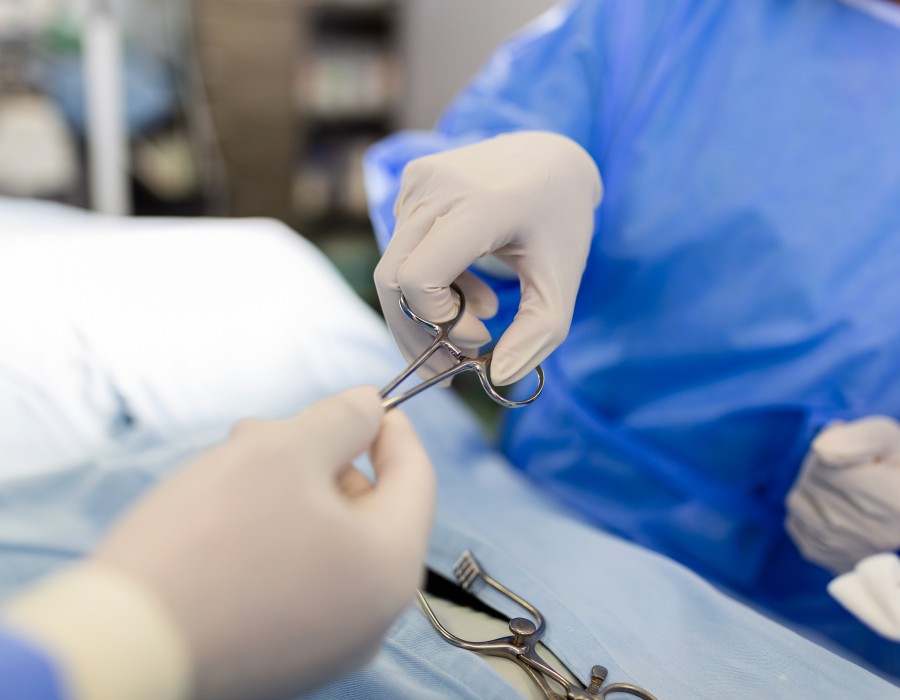Circumcision is a widely practiced surgical procedure in which foreskin covering the tip of the penis is removed. While most circumcisions are safely performed on infants, children, or adults using techniques such as the stapler, electric blade, or ring method - some men experience complications or dissatisfaction with their initial procedure. In Thailand, advanced approaches like the circumcision repair procedure in Thailand help men address functional or aesthetic issues, ensuring they achieve comfort, confidence, and healthy outcomes.
What Is Corrective Circumcision?
Corrective circumcision (circumcision revision) is a secondary surgery performed to address problems arising from a previous circumcision. These issues may be functional, such as pain or difficulty retracting the remaining foreskin, or cosmetic, involving uneven, excessive, or insufficient skin removal. Revision procedures aim to restore normal appearance, relieve discomfort, and improve hygiene.
Why Do Some Men Seek Circumcision Repair?
1. Unsatisfactory Cosmetic Results
Some men are dissatisfied with the visual outcome of their first circumcision. Common concerns include uneven skin edges, noticeable scarring, excess skin (“skin bridges”), or an asymmetric appearance. A circumcision repair procedure in Thailand can help smooth irregularities, address excessive scarring, and sculpt the tissue for a more natural, confident look.
2. Functional or Medical Issues
Complications like persistent pain, bleeding, or infection following circumcision may necessitate correction. Other men may experience phimosis (tight foreskin) or paraphimosis (inability to return the foreskin to its normal position). In rare cases, tissue damage or poor healing may require specialist intervention. Revision surgery can address these issues by releasing tight skin, correcting adhesions, or resolving incomplete excisions.
3. Damage from Traditional or Non-Medical Techniques
Some circumcisions are performed in non-medical settings or with outdated tools, leading to an increased risk of complications. Medical clinics in Thailand offer advanced reconstructive approaches, such as the titanium stapler technique, which dramatically reduces bleeding and improves tissue healing, making circumcision repair safer and more effective.
4. Psychological Well-being and Confidence
Men who are unhappy with their genital appearance post-circumcision may suffer from reduced self-esteem, anxiety, or reluctance in intimate relationships. For these individuals, circumcision revision is more than a physical correction—it’s about restoring a sense of comfort and personal confidence.
5. Cultural or Religious Reasons
Sometimes, an initial circumcision may not fully meet specific cultural or religious standards, prompting a desire for revision. Specialized clinics in Thailand are sensitive to personal preferences and can tailor procedures to meet these requirements.
What to Expect from a Circumcision Repair Procedure in Thailand
The process begins with a one-on-one consultation with an experienced urologist or reconstructive surgeon. A physical examination helps diagnose the problem and plan the surgical technique. Options may include:
- Standard surgical excision and suturing
- Titanium stapler or electric blade techniques for enhanced tissue control
- Seamless and bloodless methods to minimize recovery time and post-op discomfort
The repair procedure is usually done under local or general anesthesia, lasting between 30 minutes and an hour. Most patients can return home the same day. Modern approaches used in Thailand typically mean:
- Minimal pain and swelling after surgery
- Rapid recovery - most men return to work within 7 to 10 days
- Natural, aesthetically pleasing results
Risks and Considerations
As with any surgical procedure, circumcision repair carries risks such as bleeding, infection, and temporary discomfort. Most men experience prompt relief and improvement, especially with careful postoperative care including hygiene, avoiding strenuous activity, and wearing loose clothing during recovery.
Choosing the Right Specialist in Thailand
Thailand is a recognized global destination for men’s health and urologic care. Clinics like Menness Clinic offer personalized assessments, modern surgical techniques, and a discreet environment. Their experienced team specializes in circumcision and revision procedures with a very high success rate and patient satisfaction.
Men seeking a more comfortable, functional, or aesthetically pleasing outcome after an initial circumcision should consider expert circumcision repair procedures in Thailand. With leading-edge technology and specialized surgical teams, clinics like Menness Clinic help patients reclaim confidence and quality of life.
Frequently Asked Questions on Circumcision Repair Procedure in Thailand
1. What are common reasons men seek a corrective circumcision procedure in Thailand?
Typical reasons include dissatisfaction with appearance after an initial circumcision, complications such as excessive scarring or adhesions, persistent pain, or medical issues like phimosis or infection that were not fully resolved.
2. What techniques are used for circumcision repair procedures in Thailand?
Clinics in Thailand often offer advanced techniques such as the stapler method, electric blade, and traditional surgical revision. These approaches are designed to minimize bleeding, promote rapid healing, and optimize cosmetic outcomes.
3. How long does recovery usually take after a circumcision repair procedure in Thailand?
Most patients experience initial healing within 1 to 2 weeks, with full recovery typically achieved in 4 to 6 weeks. During this time, it is important to maintain good hygiene, avoid strenuous activities, and follow all aftercare instructions for optimal results.
4. Are corrective circumcision procedures safe and effective?
Corrective procedures performed in reputable Thai clinics have a high safety profile, especially when done by experienced urologists. Advanced methods decrease the risk of complications, and most men see significant improvements in comfort and appearance following surgery.





Comments